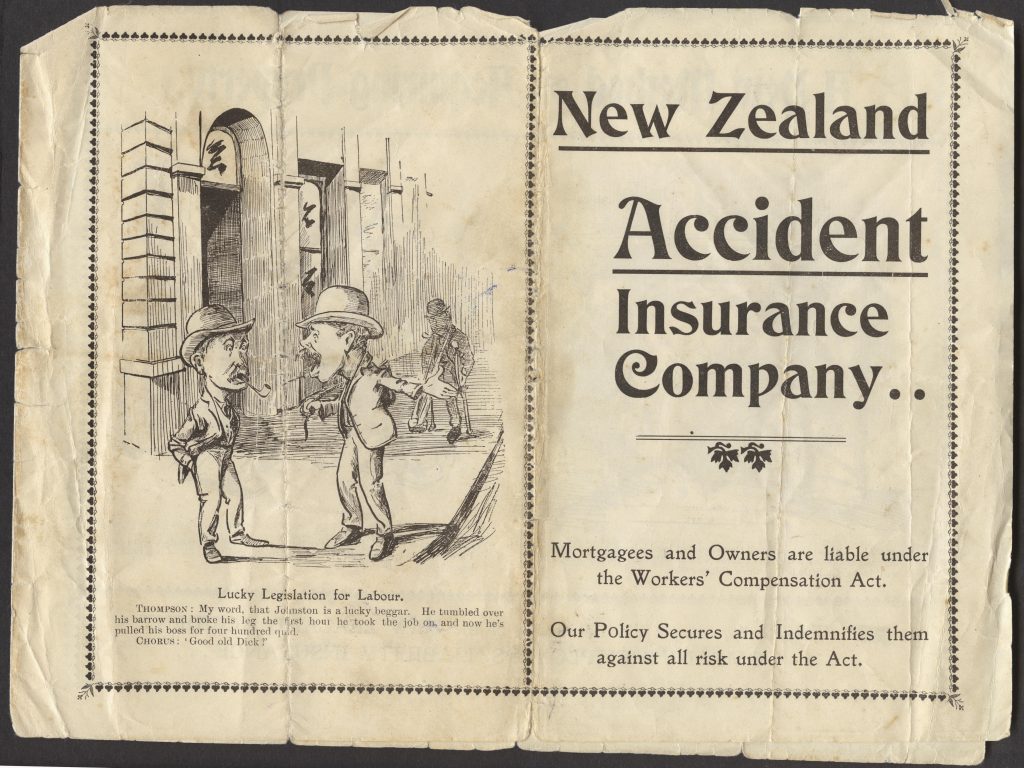 Car accidents can often give rise to lawsuits with complicated issues of causation and damages. Often, one or both sides will have expert witnesses to help explain complicated issues to the jury. What happens if one side argues the other side’s expert witness should not be allowed to testify as an expert witness?
Car accidents can often give rise to lawsuits with complicated issues of causation and damages. Often, one or both sides will have expert witnesses to help explain complicated issues to the jury. What happens if one side argues the other side’s expert witness should not be allowed to testify as an expert witness?
Sherman Turner was driving an 18-wheeler owned by AAA Cooper, his employer. While on the job and making a delivery in Alexandria, Louisiana, he accidentally missed where he was supposed to turn. Turner turned into another street to turn around the 18-wheeler. Chelsea Mace claimed she turned on to the same street as Turner, saw the 18-wheeler, and stopped her car five feet behind it. She claimed while her car was stopped, Turner started to reverse the 18-wheeler and ran into her car. Mace claimed as a result of the accident, she injured her back and her doctor recommended she undergo a lumbar fusion. A jury found Turner was not at fault for the accident. Mace appealed.
On appeal, Mace argued the trial court erred in allow defendant’s expert, Joseph Peles to testify as an expert in accident reconstruction and biomechanical engineering. Article 702 of the Louisiana Code of Evidence governs whether given expert testimony is admissible. At trial, Mace filed a Daubert challenge, arguing Peles should not be allowed to testify as an expert. Prior to being qualified as an expert, Peles explained his education and professional background involving biomechanical engineering and reconstruction.
 When you are in love, you might make purchases for your loved ones without giving them much thought. But what happens to big ticket purchases, like a car, if your relationship sours?
When you are in love, you might make purchases for your loved ones without giving them much thought. But what happens to big ticket purchases, like a car, if your relationship sours? Louisiana Personal Injury Lawyer Blog
Louisiana Personal Injury Lawyer Blog


 If you are injured on the job, you might be entitled to compensation through the workers’ compensation system. What happens if your employer denies your claims for treatment recommended by your treating physicians? Can your employer be required to pay you penalties and fees?
If you are injured on the job, you might be entitled to compensation through the workers’ compensation system. What happens if your employer denies your claims for treatment recommended by your treating physicians? Can your employer be required to pay you penalties and fees? Entering into a settlement agreement can help efficiently resolve a lawsuit and allow both parties to move forward. However, sometimes you might be involved in multiple interrelated lawsuits. If you sign a settlement agreement with one party, are you precluded from pursuing other related litigation?
Entering into a settlement agreement can help efficiently resolve a lawsuit and allow both parties to move forward. However, sometimes you might be involved in multiple interrelated lawsuits. If you sign a settlement agreement with one party, are you precluded from pursuing other related litigation? Buying and selling real estate can be stressful because of the emotions and large sums of money involved. In order to have certainty in transactions involving real estate, Louisiana law has strict requirements of what is required to form a valid contract, including signatures from both the buyer and seller. What happens if a would-be buyer unilaterally signs a contract and claims they own your property?
Buying and selling real estate can be stressful because of the emotions and large sums of money involved. In order to have certainty in transactions involving real estate, Louisiana law has strict requirements of what is required to form a valid contract, including signatures from both the buyer and seller. What happens if a would-be buyer unilaterally signs a contract and claims they own your property?  Prescription refers to the amount of time you have to file a lawsuit. If you do not comply with this procedural requirement, your case will be dismissed. In order to determine the date by which you must file your lawsuit, you need to know both the prescription period and when the period started to run. This case analyzes when the prescription period starts to run for false imprisonment and false arrest claims.
Prescription refers to the amount of time you have to file a lawsuit. If you do not comply with this procedural requirement, your case will be dismissed. In order to determine the date by which you must file your lawsuit, you need to know both the prescription period and when the period started to run. This case analyzes when the prescription period starts to run for false imprisonment and false arrest claims.  While many people enjoy oysters, few people are aware how oyster leases work. This case involves a couple who held oyster leases that were harmed when a company decided to renter a nearby oil well. Can that company be held liable for the damages to the holders of the adjacent oyster leases?
While many people enjoy oysters, few people are aware how oyster leases work. This case involves a couple who held oyster leases that were harmed when a company decided to renter a nearby oil well. Can that company be held liable for the damages to the holders of the adjacent oyster leases?  Honesty is the best policy. This is especially true in the workers’ compensation space, because if you are found to have been fraudulent, you forfeit your right to workers’ compensation benefits.
Honesty is the best policy. This is especially true in the workers’ compensation space, because if you are found to have been fraudulent, you forfeit your right to workers’ compensation benefits.  “Causation is an issue of fact.” “It is the test for determining the causal relationship between an accident and an ensuing injury.”
“Causation is an issue of fact.” “It is the test for determining the causal relationship between an accident and an ensuing injury.”  Car accidents can often give rise to lawsuits with complicated issues of causation and damages. Often, one or both sides will have expert witnesses to help explain complicated issues to the jury. What happens if one side argues the other side’s expert witness should not be allowed to testify as an expert witness?
Car accidents can often give rise to lawsuits with complicated issues of causation and damages. Often, one or both sides will have expert witnesses to help explain complicated issues to the jury. What happens if one side argues the other side’s expert witness should not be allowed to testify as an expert witness? If you retain a lawyer, you expect they will fairly represent you. What happens if after you hired a lawyer, you learn that lawyer had previously represented one of the parties you are suing, multiple times? Just like in other lawsuits, it is essential that you file any lawsuit within the required time period for bringing a claim. If you wait too long, then a court may be unable to hear your claim.
If you retain a lawyer, you expect they will fairly represent you. What happens if after you hired a lawyer, you learn that lawyer had previously represented one of the parties you are suing, multiple times? Just like in other lawsuits, it is essential that you file any lawsuit within the required time period for bringing a claim. If you wait too long, then a court may be unable to hear your claim.